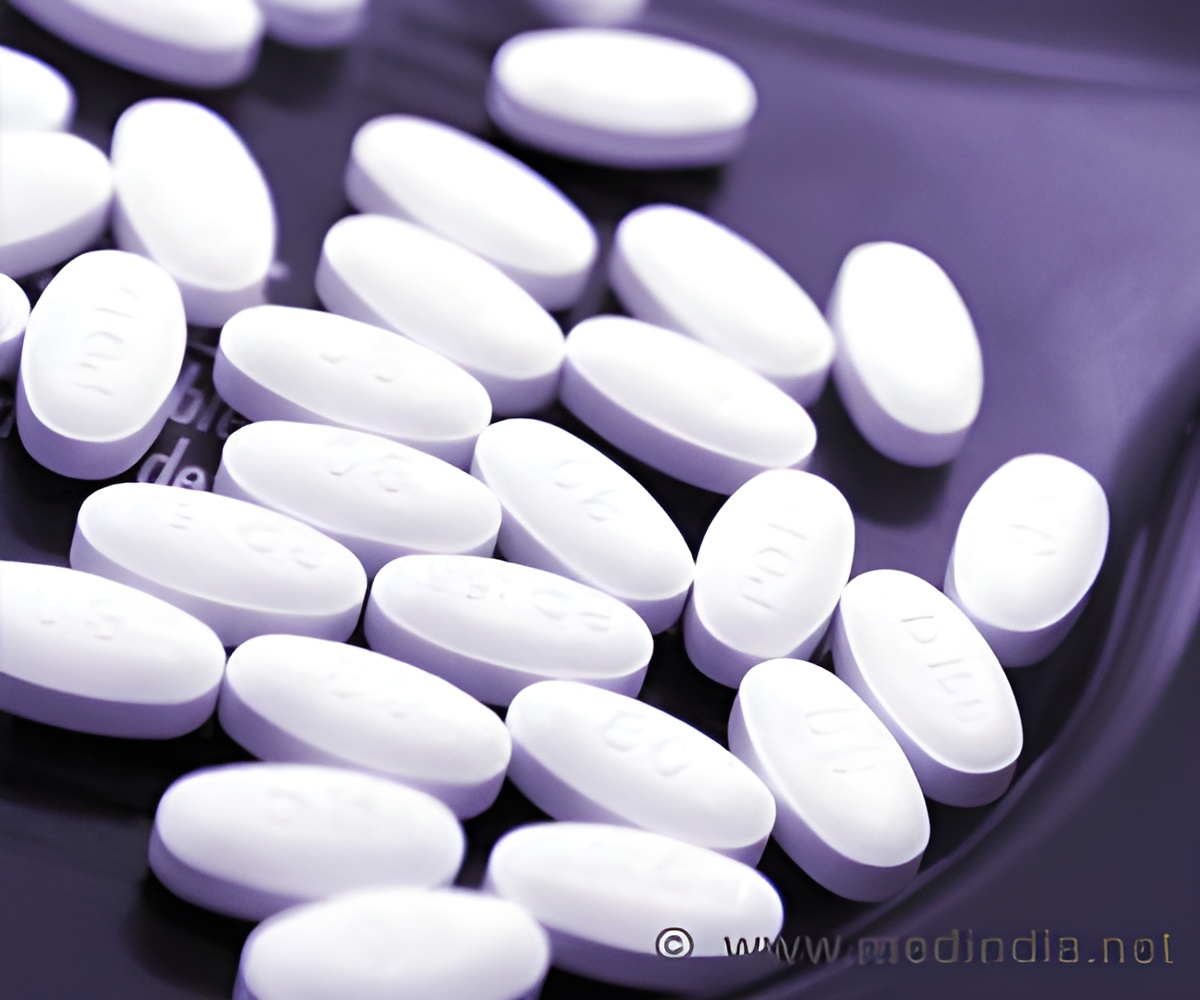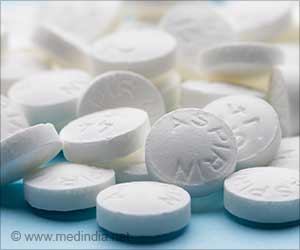People using statins are less likely to have a thickened heart muscle and large heart chamber - a strong predictor of future heart attack or heart failure.

‘Statins are prescription medications that can help lower your cholesterol levels as well as help prevent heart attack, heart failure or stroke.’





"Statins are primarily used to lower cholesterol. They are highly effective in preventing cardiovascular events in patients who have had a heart attack or are at risk of heart disease," said lead author Nay Aung, from Queen Mary University of London. The findings revealed that people using statins were less likely to have a thickened heart muscle and large heart chamber -- a strong predictor of future heart attack, heart failure or stroke.
Taking statins also reverses the negative changes in the heart which, in turn, could lower the risk of adverse outcomes. It is because statins reduce oxidative stress and dampen the production of growth factors which stimulate cell growth.
Statins also increase the production of nitric oxide by the cells lining the blood vessels, leading to vasodilatation, improved blood flow, lower blood pressure, and lower stress on the heart, which is less likely to become hypertrophied, the researchers explained.
"Statins have other beneficial, non-cholesterol lowering, effects. They can improve the function of the blood vessels, reduce inflammation, and stabilise fatty plaques in the blood vessels," Aung added.
Advertisement
Source-IANS












